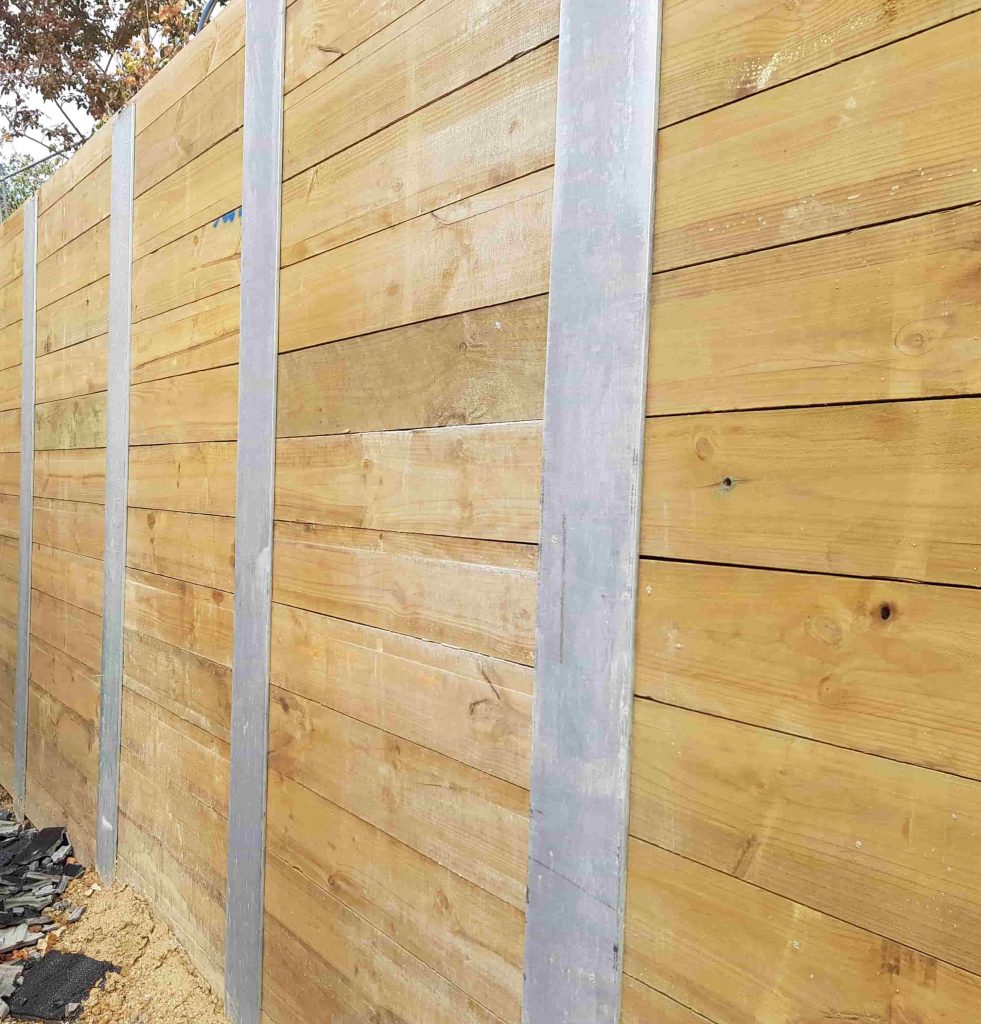Introduction
The building industry has actually undergone a seismic shift over the decades, and one area that exhibits this development is retaining wall construction. These structures are not simply practical; they embody engineering prowess, aesthetic value, and environmental considerations. As we explore the Retrospective: The Development of Methods worldwide of Retaining Wall Construction, we will explore various techniques and products used gradually, highlighting how they have actually formed contemporary practices in landscaping and civil engineering.
Retrospective: The Evolution of Techniques in the World of Retaining Wall Construction
When we think of keeping walls, it's simple to overlook their abundant history and significance. From ancient civilizations that constructed fundamental stone walls to today's sophisticated systems using concrete sleepers and H-beams, keeping walls have actually been necessary for handling soil erosion, water drain, and creating usable arrive at slopes.
The Historical Context of Maintaining Walls
Historically, maintaining walls go back countless years. The Romans were pioneers in this field, constructing huge stone walls that still stand today. These early structures were developed to keep back earth or assistance terraces for agriculture-- showcasing a mix of functionality and artistry.
Materials Used Over Time
The choice of materials has actually significantly affected the efficiency and effectiveness of retaining wall building and construction. Let's take a better take a look at some key products that have actually been used:
- Stone: Natural stone was among the earliest products used. Its sturdiness made it perfect for ancient constructions. Timber: Wood sleepers started to gain popularity due to their availability and ease of use. Concrete: With industrial advancements came concrete sleeper walls-- providing strength and versatility. H-beams: Steel H-beams revolutionized the industry by providing robust structural assistance for taller walls.
Each product has its advantages and downsides, impacting cost, maintenance requirements, and visual appeal.
The Role of a Retaining Wall Installer
A knowledgeable retaining wall installer plays an integral role in making sure that these structures are not only constructed for longevity however likewise satisfy local policies and security standards. Their knowledge encompasses understanding about:
Site assessment Material selection Structural integrityBy choosing a certified expert, homeowners can ensure their financial investment is sound from the very start.
Modern Methods in Retaining Wall Construction
With developing technology comes fine-tuned methods in construction. Here are some modern techniques reshaping how we approach keeping wall style:
1. Modular Block Systems
These pre-made blocks permit quick installation while preserving aesthetic variety.
2. Geogrid Reinforcement
Using geosynthetic products helps disperse loads more uniformly across the wall structure.
3. Gravity Walls
Utilizing weight alone to withstand moving deals simpleness without jeopardizing stability.
4. Cantilever Walls
These leverage balance with less material usage-- a smart https://blogfreely.net/relaitaddp/5-typical-misconceptions-about-retaining-wall-installers design option for many builders.
Innovative Materials Shaping Present-Day Practices
Beyond conventional choices like stone and timber sleepings, innovative products are altering the landscape:
- Reinforced Concrete: Enhancing durability while decreasing maintenance. Green Walls: Integrating plant life into styles uses both appeal and erosion control.
The Importance of Drain Systems
No matter how robust a maintaining wall is constructed, incorrect drain can cause catastrophic failures. A comprehensive drain strategy includes:
Weep holes Drainage pipes Gravel backfillThese aspects work together to reduce hydrostatic pressure behind the wall-- guaranteeing stability over time.
Challenges Dealt with by Maintaining Wall Specialists Today
Every age brings its challenges; today's retaining wall contractors should navigate issues such as:

- Environmental regulations Supply chain constraints Evolving structure codes
Their adaptability ensures they stay competitive in a quickly altering market.
FAQs
1. What is a keeping wall?
A keeping wall is a structure created to hold back soil or avoid disintegration on sloped terrains.
2. What products can I use for my keeping wall?
You can pick from a number of materials including stone, concrete sleepers, wood sleepers (timber), or steel H-beams based upon your budget and visual preference.
3. How deep need to my foundation be?
The depth largely depends on your local soil conditions but usually ranges from 12 inches to 36 inches for optimum stability.

4. Can I develop a keeping wall myself?
While DIY jobs are tempting, hiring knowledgeable experts ensures compliance with regional codes and structural integrity-- conserving you headaches down the line.
5. What prevail signs of failure in retaining walls?
Cracks, bulging soil behind the wall, or leaning structures indicate prospective failure needing immediate attention from experts.
6. How often must I maintain my maintaining wall?
Regular evaluations a minimum of when a year can help identify small problems before they intensify into expensive repairs.
Conclusion
In summary, as we review this Retrospective: The Development of Strategies in the World of Retaining Wall Construction, it becomes apparent that each stage has contributed distinctively to what we understand today as efficient keeping options for numerous surfaces and landscapes. From ancient stone constructions to contemporary crafted systems using sophisticated products like concrete sleepers or steel H-beams, it's clear that development continues to drive this field forward while guaranteeing safety requirements are met efficiently by experienced retaining wall builders and contractors
Whether you're looking to construct your first garden balcony or construct a substantial commercial job requiring significant earth retention abilities, understanding these evolutionary techniques arms you with knowledge crucial for making informed decisions about your construction requires moving forward.
This post works as simply an outline provided restrictions on length; however, each area could be considerably broadened upon for an extended read towards 6000 words! If you require more areas expanded or extra subjects covered relating to particular methods or case studies within retaining walls building history or practices do not hesitate to ask!